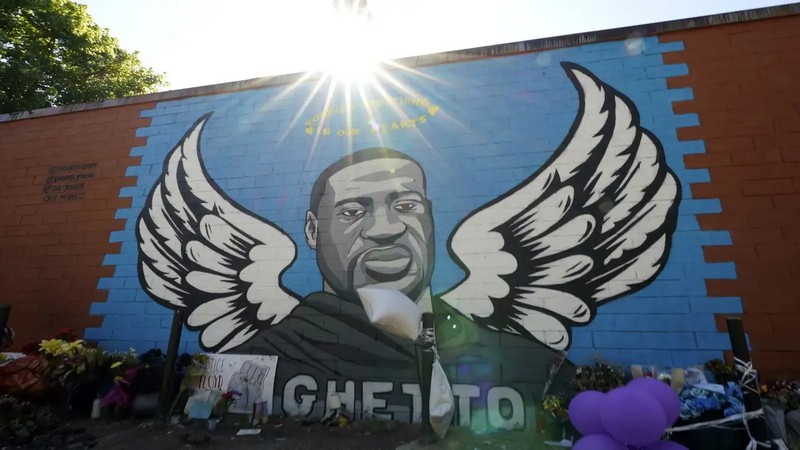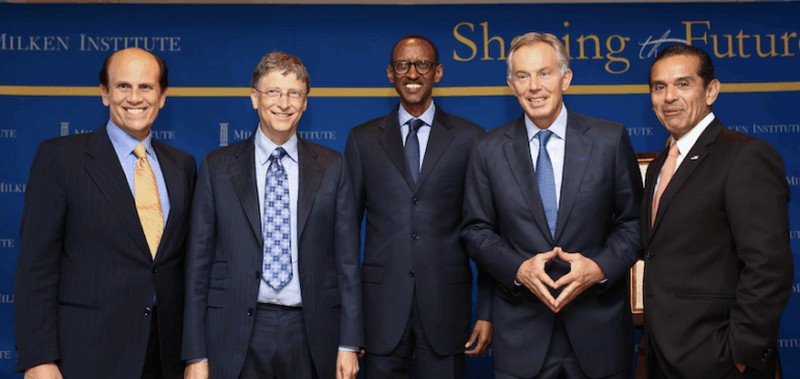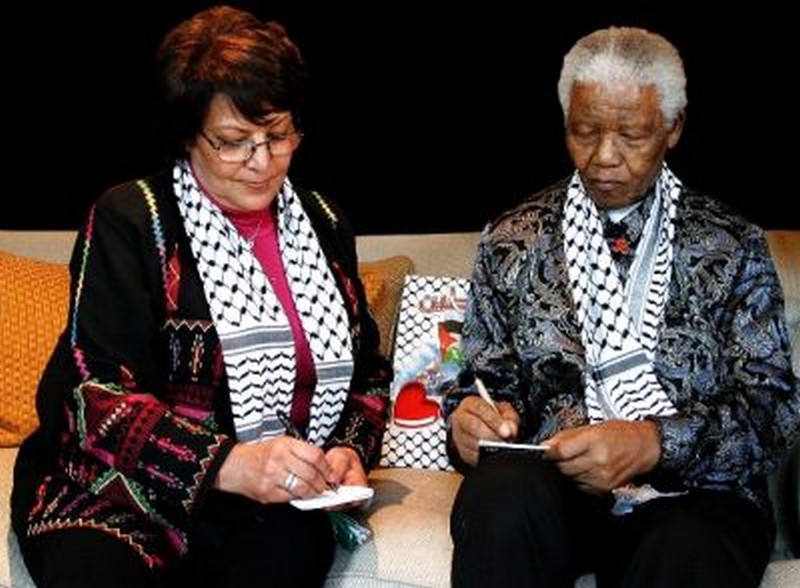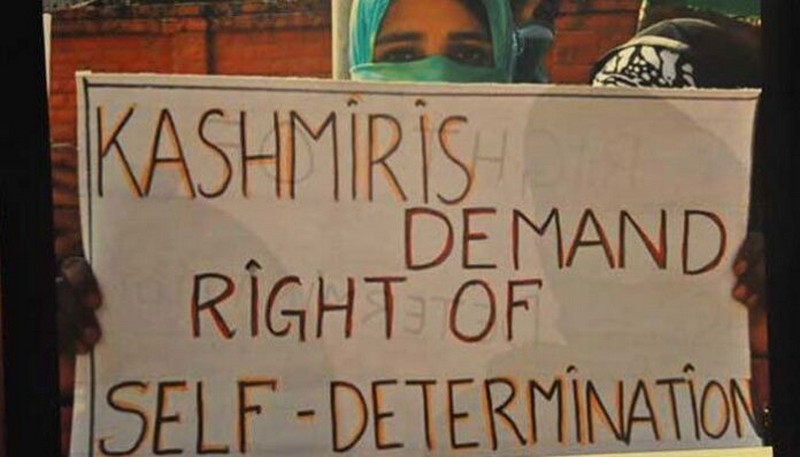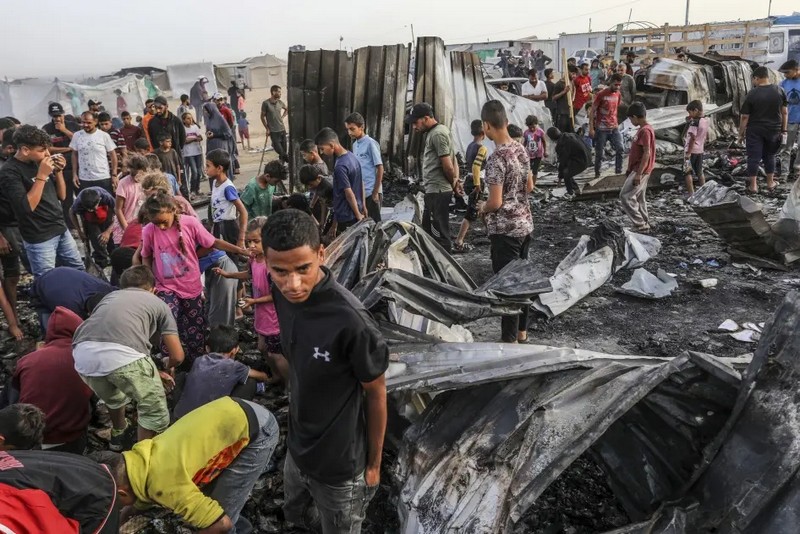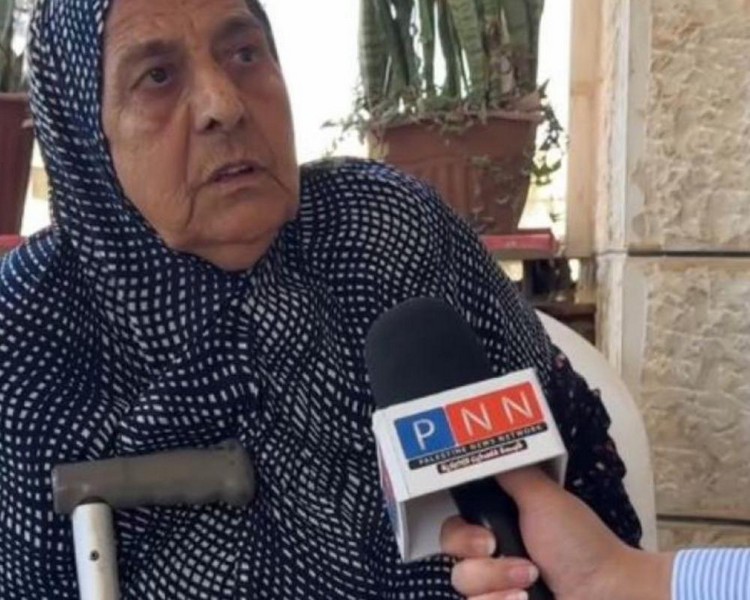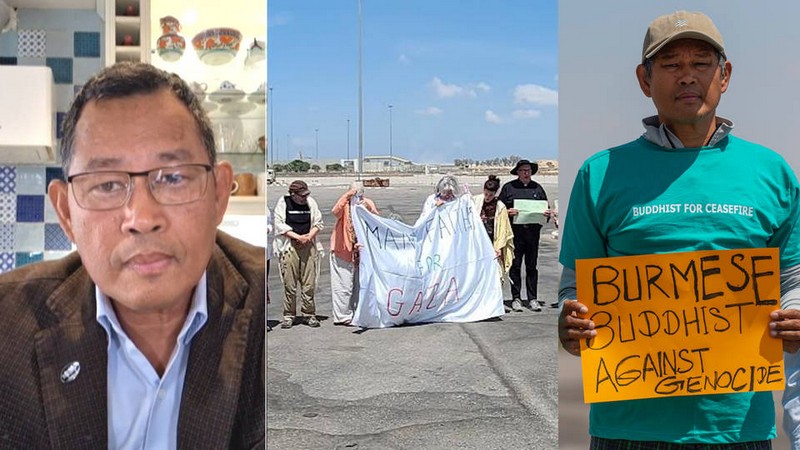By Roy Eidelson
This statement was approved by the Executive Committee of the Society for the Study of Peace, Conflict, and Violence on 20 May 2025. It does not represent the position of the American Psychological Association or any of its other Divisions or sub-units.
********************************
Recognizing that the concerns expressed here are not unique to peace psychologists alone, our Society welcomes support and endorsement of this statement from other American Psychological Association divisions and allied groups.
25 May 2025 marks five years since George Floyd was murdered in Minneapolis, Minnesota. That public act of violence — a white police officer’s knee on the neck of a handcuffed Black man lying face down in the street for nine long minutes — stunned and mobilized advocates for racial justice and for law enforcement accountability across the United States. The video images broadcast that day on national television will remain forever etched in the minds of many Americans.
But, as psychologists, we know that it was not solely one racist police officer or one racism-stained police department that cost Mr. Floyd his life.[1] Responsibility also lies with the centuries-old inequitable blueprint of this country, one that too often continues to harm, re-traumatize, disrespect, and disregard Black life.[2] As a recent American Psychological Association (APA) resolution documents, these widespread inequities “result from laws, systems, policies, practices, and cultural narratives that reflect racial bias and White supremacist ideology.”[3]
Despite the mass protests and the countless pledges of change from our national leaders that characterized the spring and summer of 2020, policing and the courts in this country have continued to function in ways that target Black communities. In the fall of 2023, a United Nations committee focused on racial justice in the context of law enforcement issued a damning report after an official country visit to the United States. Among their disturbing findings were these: Black Americans are more likely than white Americans to be killed by police, to be incarcerated, and to receive the death penalty; only 1% of the officers involved in police killings are charged with wrongdoing; U.S. use-of-force regulations do not meet international standards; and many prisoners are subjected to forced labor, a contemporary form of slavery.[4]
Even more concerning, we have witnessed a distressing escalation during the first months of the new presidential administration in Washington, further threatening the life prospects of Black Americans and other vulnerable communities. Executive orders have been issued to dismantle diversity, equity, and inclusion (DEI) programs;[5] to gut the Department of Education;[6] to diminish voting rights protections and civil rights enforcement;[7] to indemnify law enforcement personnel from prosecution;[8] to mandate changes to official annals of U.S. institutions in order to erase the country’s ugly history of racism;[9] to reverse efforts to combat climate change that disproportionately affects Black communities;[10] and to facilitate the greater use of capital punishment.[11]
As psychologists, we recognize that manifestations and consequences of racism extend far beyond the all too frequent newsworthy instances of ruthless brutality.[12] They also include chronic stress, daily fear and insecurity, racialized myths and toxic internalized messages, disenfranchised grief, and a growing distrust of our institutions. These are real psychological harms that carry across generations. Indeed, the APA has emphasized that racism, in all its forms, has “destructive psychological, social, educational, and economic effects on human rights and human welfare throughout the lifespan.”[13]
Remembering George Floyd must mean more than hashtags. It should mean staying vigilant, staying honest, and staying involved — especially when the stakes are high and even when the possibility of backlash is strong. Driven by science and by conscience, psychologists must be part of a renewed vanguard, consistent with the APA’s call for members of our profession “to support and advocate for populations at risk of human rights violations, including marginalized populations both domestically and globally.”[14]
Toward these ends, we should openly acknowledge and actively campaign against the painful realities of white supremacy, of state violence, and of structural racism, including the trauma it causes and the healing it impedes. Let us heed the words of Martin Luther King, Jr. from decades ago: “True peace is not merely the absence of tension; it is the presence of justice.”
References:
[1] United States Department of Justice Civil Rights Division and United States Attorney’s Office District of Minnesota Civil Division. (2023). Investigation of the City of Minneapolis and the Minneapolis Police Department. https://www.justice.gov/d9/press-releases/attachments/2023/06/16/minneapolis_findings_report_2023.06.15_0.pdf
[2] See, for example, American Psychological Association. (2021). Role of Psychology and the American Psychological Association in Dismantling Systemic Racism Against People of Color in the United States. https://www.apa.org/about/policy/resolution-dismantling-racism.pdf; Buchanan, N. T., Perez, M., Prinstein, M. J., & Thurston, I. B. (2021). Upending racism in psychological science: Strategies to change how science is conducted, reported, reviewed, and disseminated. American Psychologist, 76(7), 1097–1112. https://doi.org/10.1037/amp0000905
[3] American Psychological Association. (2021). Apology to People of Color for APA’s Role in Promoting, Perpetuating, and Failing to Challenge Racism, Racial Discrimination, and Human Hierarchy in U.S. https://www.apa.org/about/policy/resolution-racism-apology.pdf; see also Alvarez, A. N., Liang, C. T. H., & Neville, H. A. (Eds.). (2016). The Cost of Racism for People of Color: Contextualizing Experiences of Discrimination. American Psychological Association. https://doi.org/10.1037/14852-000
[4] United Nations. (2023). A/HRC/54/CRP.7: International Independent Expert Mechanism to Advance Racial Justice and Equality in the Context of Law Enforcement — Visit to the United States of America. https://www.ohchr.org/en/documents/country-reports/ahrc54crp7-international-independent-expert-mechanism-advance-racial; see also National Academies of Sciences, Engineering, and Medicine. (2023). Reducing Racial Inequality in Crime and Justice: Science, Practice, and Policy. The National Academies Press. https://doi.org/10.17226/26705
[5] Donald Trump. (January 20, 2025). Executive Order: Ending Radical and Wasteful Government DEI Programs and Preferencing. https://www.whitehouse.gov/presidential-actions/2025/01/ending-radical-and-wasteful-government-dei-programs-and-preferencing/
[6] Donald Trump. (March 20, 2025). Executive Order: Improving Education Outcomes by Empowering Parents, States, and Communities. https://www.whitehouse.gov/presidential-actions/2025/03/improving-education-outcomes-by-empowering-parents-states-and-communities/
[7] Donald Trump. (March 25, 2025). Executive Order: Preserving and Protecting the Integrity of American Elections. https://www.whitehouse.gov/presidential-actions/2025/03/preserving-and-protecting-the-integrity-of-american-elections/; Donald Trump. (April 23, 2025). Executive Order: Restoring Equality of Opportunity and Meritocracy. https://www.whitehouse.gov/presidential-actions/2025/04/restoring-equality-of-opportunity-and-meritocracy/
[8] Donald Trump. (April 28, 2025). Executive Order: Strengthening and Unleashing America’s Law Enforcement to Pursue Criminals and Protect Innocent Citizens. https://www.whitehouse.gov/presidential-actions/2025/04/strengthening-and-unleashing-americas-law-enforcement-to-pursue-criminals-and-protect-innocent-citizens/
[9] Donald Trump. (March 27, 2025). Executive Order: Restoring Truth and Sanity to American History. https://www.whitehouse.gov/presidential-actions/2025/03/restoring-truth-and-sanity-to-american-history/
[10] Donald Trump. (January 20, 2025). Executive Order: Declaring A National Energy Emergency. https://www.whitehouse.gov/presidential-actions/2025/01/declaring-a-national-energy-emergency/
[11] Donald Trump. (January 20, 2025). Executive Order: Restoring the Death Penalty and Protecting Public Safety. https://www.whitehouse.gov/presidential-actions/2025/01/restoring-the-death-penalty-and-protecting-public-safety/
[12] See, for example, American Psychological Association. (2021). APA Resolution on Harnessing Psychology to Combat Racism: Adopting a Uniform Definition and Understanding. https://www.apa.org/about/policy/resolution-combat-racism.pdf
[13] American Psychological Association. (2021). Apology to People of Color for APA’s Role in Promoting, Perpetuating, and Failing to Challenge Racism, Racial Discrimination, and Human Hierarchy in U.S. https://www.apa.org/about/policy/resolution-racism-apology.pdf
[14] American Psychological Association. (2021). APA Resolution on APA, Psychology, and Human Rights. https://www.apa.org/about/policy/resolution-psychology-human-rights.pdf
Roy Eidelson is a member of the TRANSCEND Network and was a member of the American Psychological Association for over 25 years, prior to his resignation.
26 May 2025
Source: transcend.org

